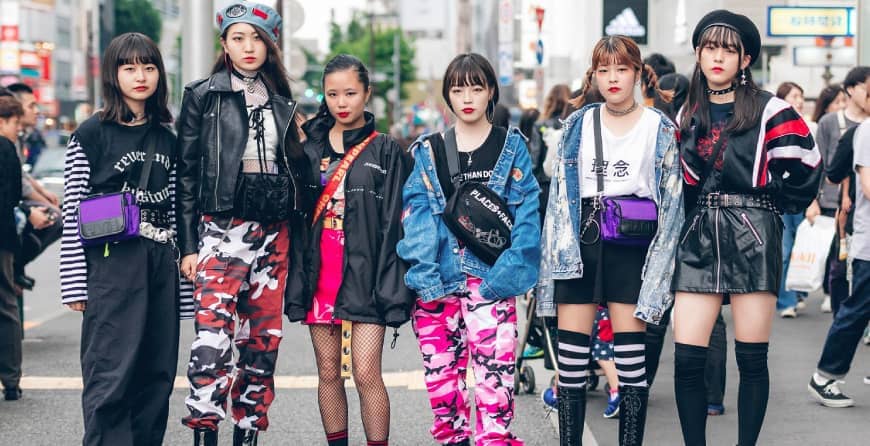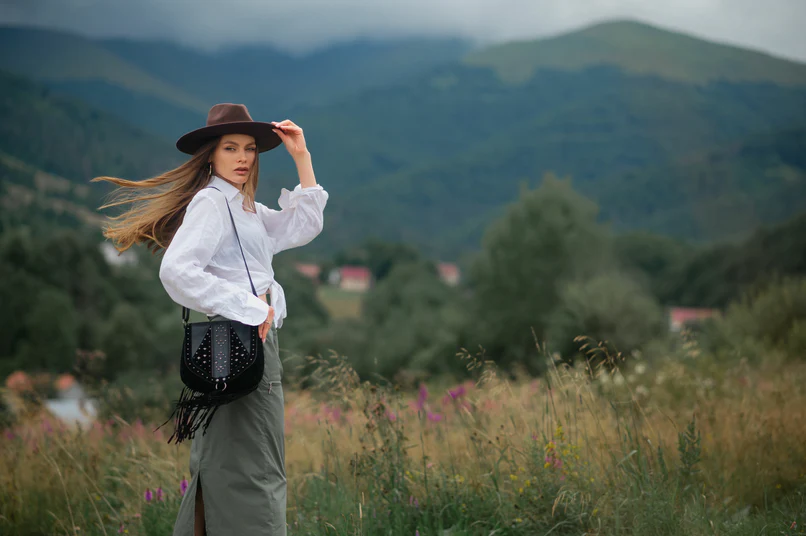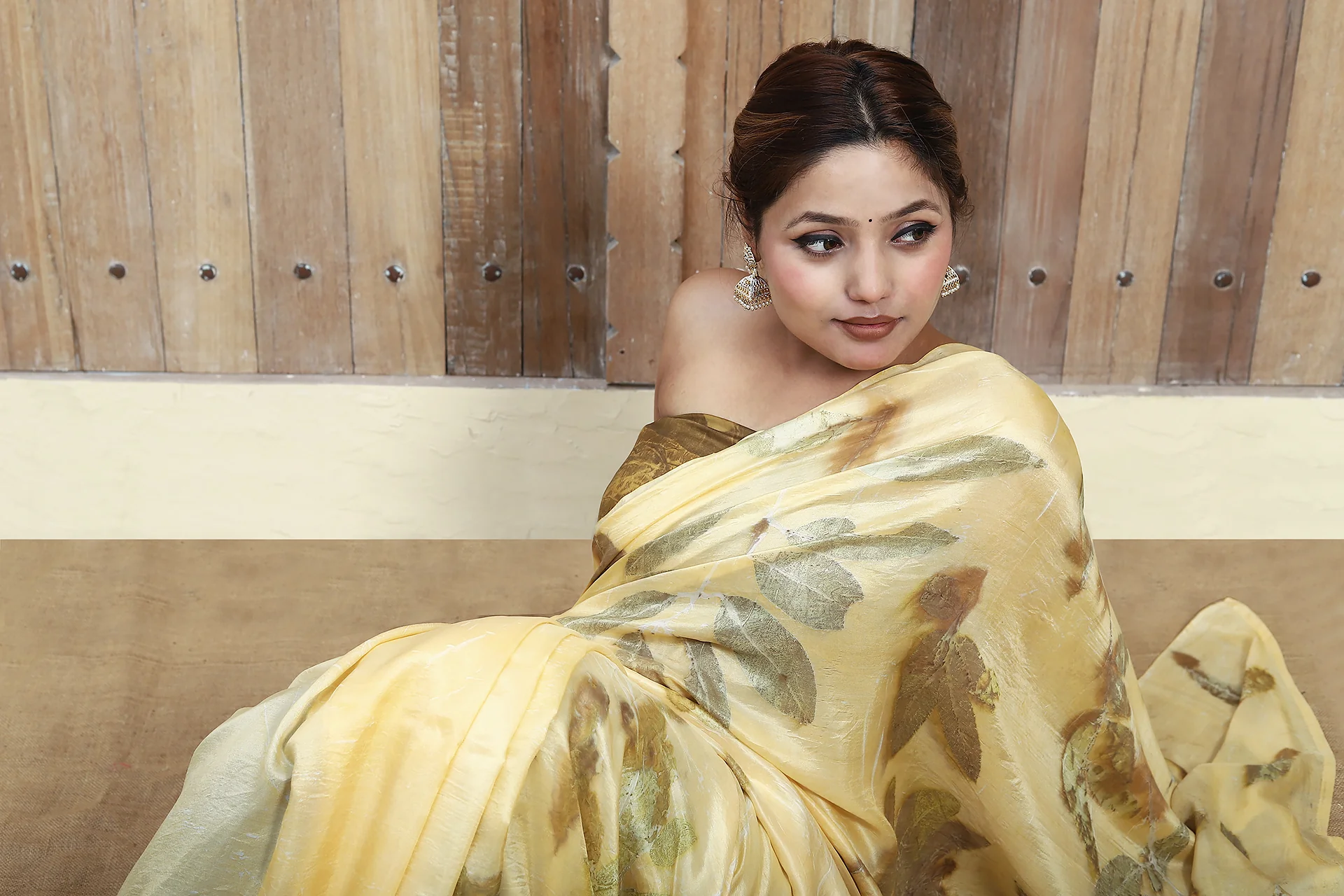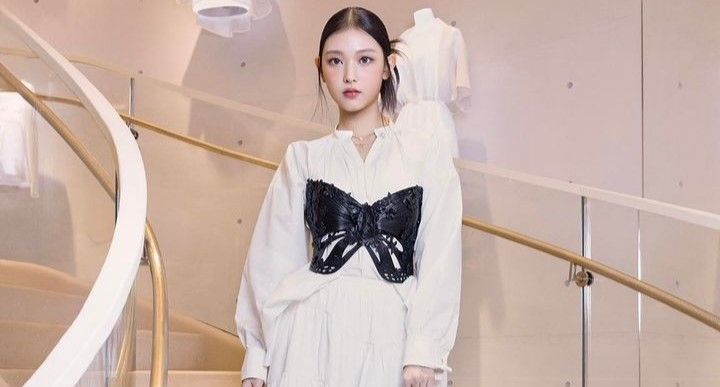bizvantagehub.com – Harajuku style, born on the vibrant streets of Tokyo’s Harajuku district, is a kaleidoscope of self-expression. As a fashion enthusiast who’s wandered Takeshita Street, I’ve seen its eclectic spirit firsthand—teens mixing kawaii pastels with punk edge, defying norms with fearless creativity.
Immersed in the Scene
Strolling Harajuku in 2023, I encountered Lolita dresses with lace and bows, Gyaru tans with towering hair, and Visual Kei looks channeling rockstar drama. Sundays near Harajuku Station buzz with cosplayers and street snaps—my camera caught a Decora girl dripping in hair clips and plush toys. It’s chaotic, colorful, and utterly alive.
Roots and Evolution
Emerging in the 1980s, Harajuku style fused Western punk and Japanese pop culture, fueled by youth rebellion post-WWII. Substyles like Kawaii (cute) and Gothic Lolita draw from anime and Victorian aesthetics, per Kera magazine archives. Brands like 6% DokiDoki and A Bathing Ape amplify its global reach, blending tradition with avant-garde.
Cultural Impact
Harajuku’s influence stretches beyond Tokyo—Gwen Stefani’s 2004 “Harajuku Girls” nod and Paris Fashion Week’s J-pop nods prove it. Tokyo Fashion’s 2025 report logs over 1 million Instagram posts tagged #HarajukuStyle, cementing its status as a subculture titan.
A Living Legacy
Grounded in decades of street photography and designer interviews (e.g., FRUiTS zine), Harajuku style is a trusted emblem of individuality. From Shibuya thrift shops to global runways, it’s a reliable muse for those craving bold, authentic flair.






